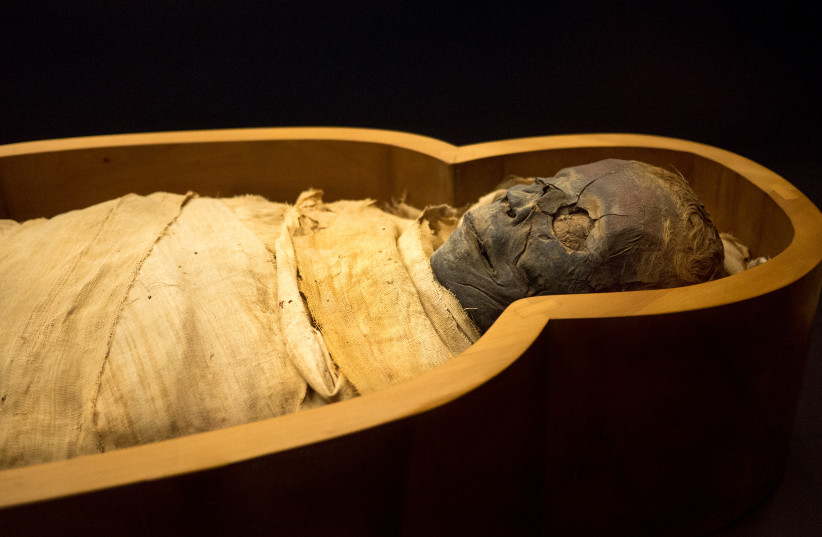True crime podcasts and television shows solving old cold-case murders are very popular nowadays. But archeologists investigating centuries-old mummified remains are doing similar work- albeit less ostentatiously. A recent European study published in Frontiers lays bear the brutal murders of well-preserved South American mummies.
“The availability of modern CT-scans with the opportunity for 3D reconstructions offers unique insight into bodies that would otherwise not have been detected. Previous studies would have either destroyed the mummy, while X-rays or older CT-scans without three-dimensional reconstruction functions could not have detected the diagnostic key features we found here.”
Dr. Andreas G. Nerlich
“Here we show lethal trauma in two out of three South American mummies that we investigated with 3D CT. The types of trauma we found would not have been detectable if these human remains had been mere skeletons,” said Dr. Andreas G. Nerlich, a professor at the Department of Pathology of Munich Clinic Bogenhausen in Germany, the study’s corresponding author.
Per the study itself, "most studies have been performed on collections of isolated skulls. Whole-body investigations especially on well-preserved mummified human remains are rare." The recent study examined three bodies dating between 900-1300 CE, with the intention to identify the effects of trauma on the bodies.
“Importantly, the study of human mummified material can reveal a much higher rate of trauma, especially intentional trauma, than the study of skeletons," explained Nerlich. "There are dozens of South American mummies which might profit from a similar investigation as done here we did here.”


How did these mummies meet their end?
In the first body, researchers found a perimortem attack on the right side of the face resulting in a fracturing of the outer eye socket. There was also a small wound in the chest which tunneled to the thoracic aorta - the largest artery in the body. This strongly indicates a deliberate stabbing attack which quickly killed the victim who rapidly bled out.
The study authors conjectured that “one assaulter hit the victim with full force on the head and [a] second assaulter stab[bed] the victim (who still was standing or kneeing) in the back. Alternatively, the same or another assaulter standing on the right side of the victim struck the head and then turned to the back of the victim and stabbed him.”
The second individual had an old healed fracture on the right side of their skull, as well as fresher fractures on the left side. Additionally, scientists discovered major trauma to the upper spine that would have cause immediate death as the spinal cord snapped. They characterized the circumstances of death as “massive trauma against the cervical spine which represent most likely the cause of death. The significant dislocation of the two cervical vertebral bodies itself is lethal and may have led to immediate death.”
“The availability of modern CT-scans with the opportunity for 3D reconstructions offers unique insight into bodies that would otherwise not have been detected," said Nerlich. "Previous studies would have either destroyed the mummy, while X-rays or older CT-scans without three-dimensional reconstruction functions could not have detected the diagnostic key features we found here.”
The third person's injuries were discovered to be mostly acquired post-mortem, unrelated to cause of death.
Implications for future research
"Our study provides clear evidence that a careful interdisciplinary investigation of well preserved human remains may detect much more frequent traces of intentional trauma than previously thought," concluded the study authors. "Particularly, trauma against the body may not be identified in studies on skulls alone, and trauma residues of internal organs/ soft tissues will only be seen in mummies. We therefore postulate an even higher (lethal) trauma rate in various South American populations than previously estimated."
